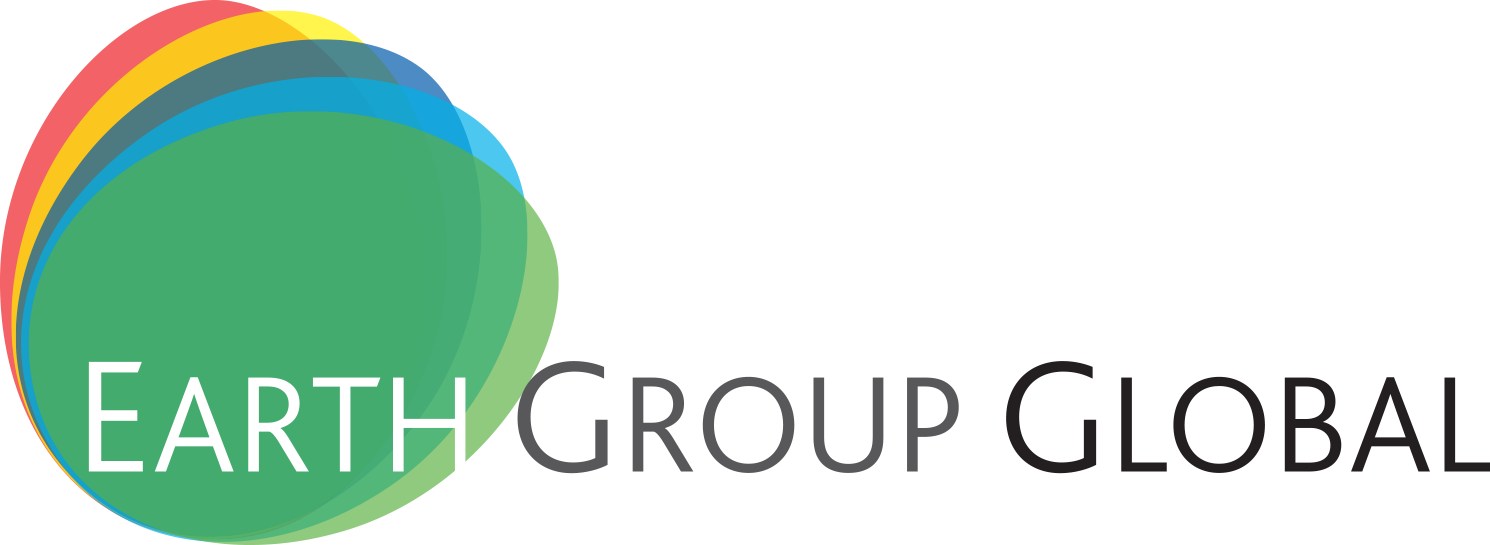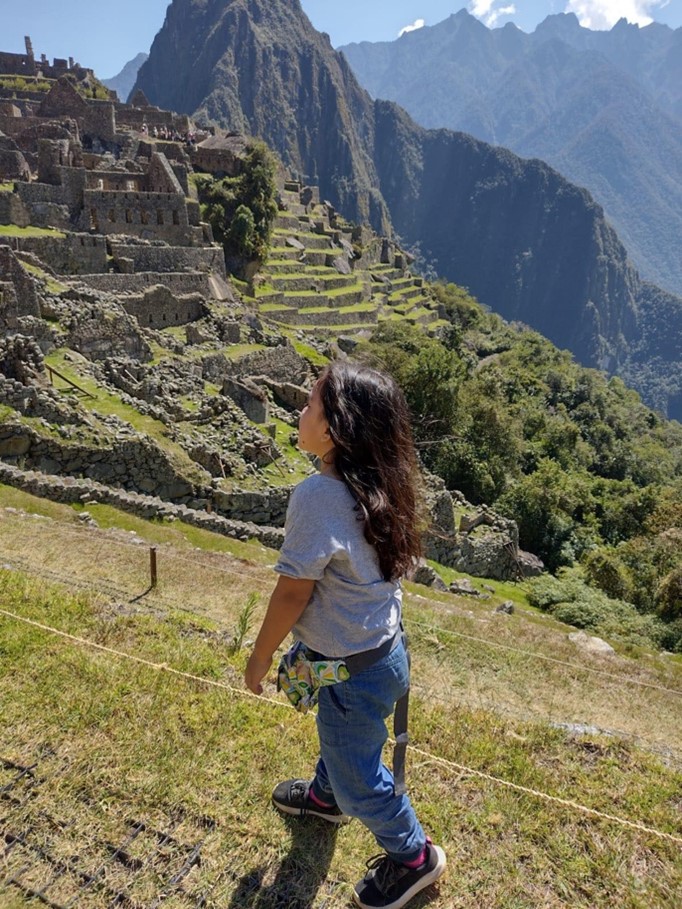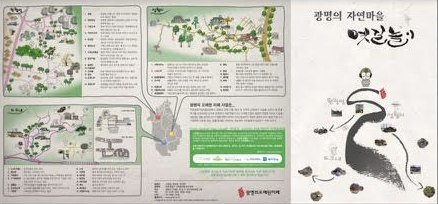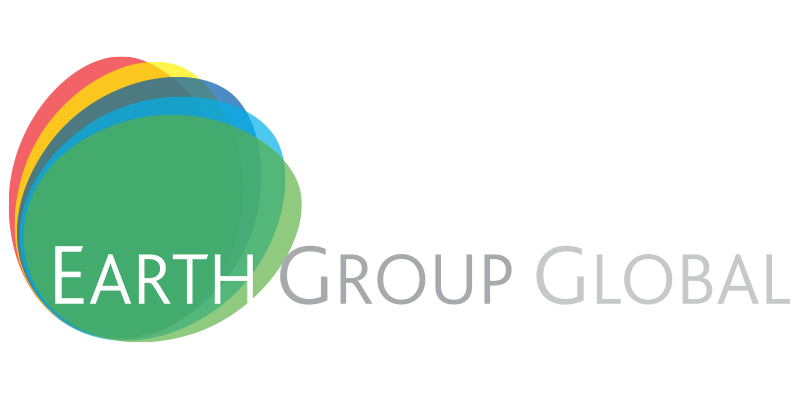Embodied Learning
Learn by Doing
Learning about a place while physically there engages all our senses. Hunza-Peshawar EduTour, Pakistan.
Basic to Embodied Learning is our own personal curiosity and our deepening sense that what we do matters. We retain best what interests us, not what we are told is interesting. Instead of sitting passively while someone tells us what to know, Embodied Learning entails actively participating and discovering what to learn. Simultaneously, we also observe and evaluate our immediate experiences.
Simply put, Embodied Learning happens when we are doing something ourselves at the same time that we are giving our full attention to what we are doing.
Experiential Embodied Learning replaces the system of education colonial powers established all over the Earth.
Colonizers forcibly cut native peoples off from their traditional indigenous knowledge. They forced into their ‘modern’ economic empires what they considered were ‘sub-human’ peoples encountered when conquering new lands. Example: in the early 19th and 20th centuries on the land now called the United States, colonizers opened boarding schools primarily to ‘civilize’ and assimilate Native American children into Euro-American culture.
In contrast, when your whole-body participates in learning, ‘teachers’ and ‘students” are working together to construct knowledge based on their own experiences. They also read or listen to other peoples’ immediate, first-hand accounts. All participants in direct “lived” learning become the principal media as well as content of what they know. Because they learn together, they also form communities of practice.
A Child’s Awe Awakens Us
Comparto fotos que tome en mi visita a Machu Picchu. Te comento que es la quinta vez que visito la ciudadela, en esta ocasión estaba más concentrada en Arianna que conozca, quería saber que sentía y que le parecía (jajaja se quedaba boca abierta, quería correr libre, estaba feliz, pero los guardianes no nos dejaban), sin embargo, la energía del lugar es increíble, ver los espacios, el ingreso de luz, pensar como construyeron, etc. Antes uno podía estar en los espacios abiertos, tomar sol y disfrutar, pero por protocolo solo puedes avanzar y avanzar, a las justas tomarte una foto porque los guardianes no te permiten quedarte mucho tiempo. La ciudadela se pierde en el paisaje. es increíble como se integró a la naturaleza.
Arquitecta: Nelly Maribel Godiño Correa
Translated into English:
This is the fifth time that I’ve visited Machu Picchu, and on this occasion, I found myself focused on Arianna, my 5-year-old daughter, more than I realized. I wanted to know how she felt and experience what she experienced. Her mouth was open in awe. She was happy. She wanted to run freely, but the guards wouldn’t let her.
The energy of the space is incredible – to see the spaces and the way light entered them, to think about how they built it.
In the past, one could be out in the open spaces and sunbathe – just enjoy Machu Picchu. But with the protocols now in place, you can only move forward and advance with barely enough time to take a picture because the guards don’t allow you to stay in one place for long.
The city gets lost in the landscape. It’s incredible to see how it was integrated into nature.
Architect: Nelly Maribel Godiño Correa
Wendy Brawer, Founder and Director of Green Maps and Board of Advisors for Earth Group Global, collaborates with communities to strengthen their health and well-being. One way they do this is to make known the history of their community. “Tracing Old Paths,” a Green Map of the Natural Village of Gwagmyung City in South Korea demonstrates this. Elementary school students and teenagers collected the ‘living history’ of this disappearing eco-town. They produced the map as a board game.

As Wendy writes. “Although the Green Map System authorizes local mapmakers to use its icons and tools, every project is independent and locally led. Grassroots and established non-profits, universities and schools, governmental and tourism agencies use the globally designed icons and adaptable methodologies to develop and publish their own community’s Green Map in a way that meets the needs of residents and visitors.”
“Tracing Old Paths,” a Green Map of the Natural Village of Gwangmyung City in South Korea, posted above, demonstrates the use of the Green Map system in their community. Elementary school students and teenagers collected the ‘living history’ of this disappearing eco-town. They produced the map posted here as a board game.
During Embodied Learning your entire body participates. ‘Teachers’ and ‘Students’ together construct their personal and collective wisdom. The ground of their embodied understanding is their own direct, physical experiences. They also attentively listen to, read or see immediate experiences of, not only Homo sapiens, but of all “species,” from insects, birds, reptiles, fish, to your family cats and dogs.



